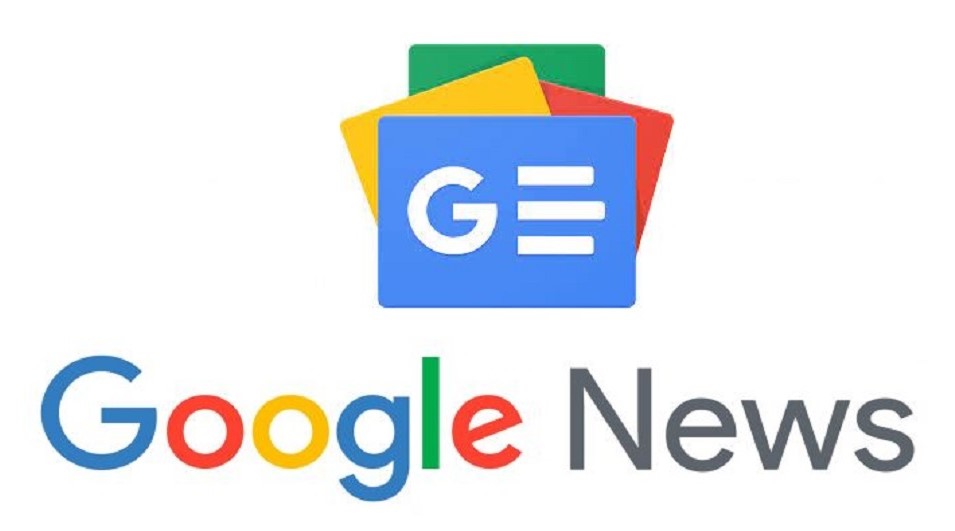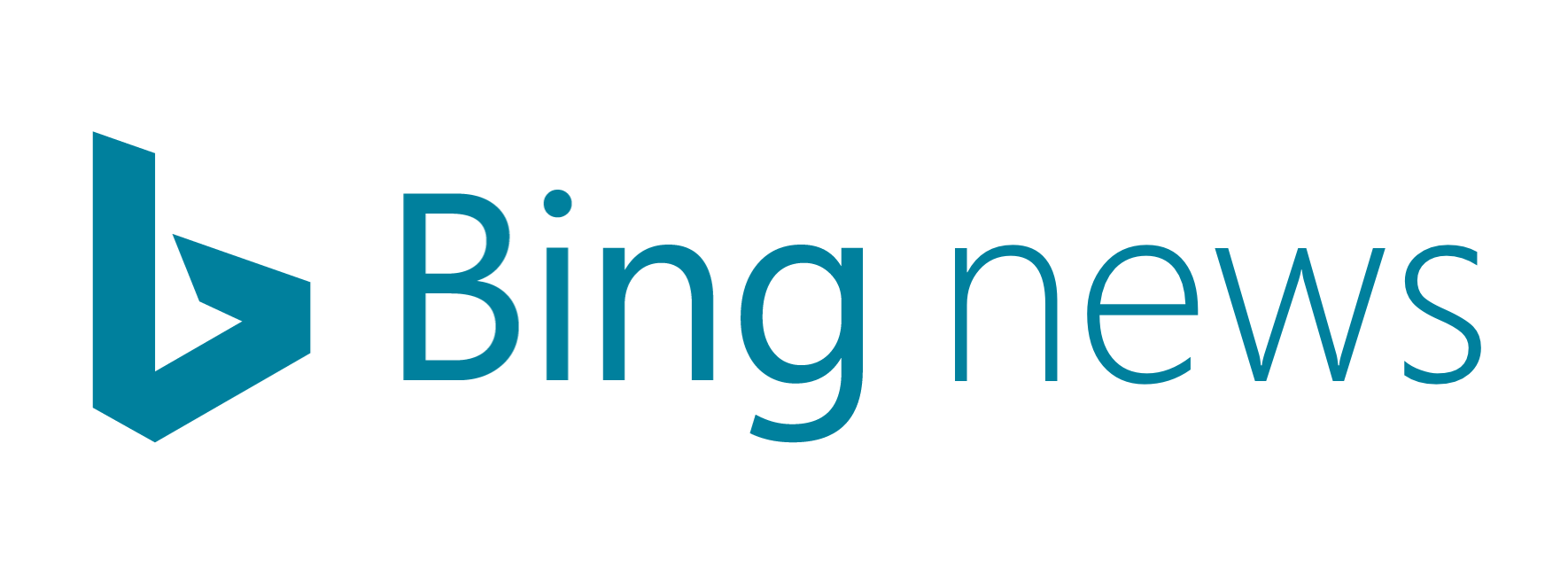(NNB Feature) As you’ve probably heard by now, Windows 10 will see the illustrious return of the Start menu — except it isn’t quite the Start menu that you’re used to from Windows 7 and Vista. In fact, it’s better! The Windows 10 Start menu is the best Start menu yet. There, I said it.
Let’s break it down. The left side of the Windows 10 Start menu is, except for some new coloring and formatting, is mostly identical to Windows 7. There are a few improvements, however: The power button has moved to the top, and the right-hand menus like Documents, Computer, and Control Panel have moved to the left, to a “pinned” section at the top. This frees up the right side of the Windows 10 Start menu for… live tiles!
Before you all run away screaming, the live tile/Metro portion of the new Start menu is surprisingly not that painful. By default, you get a bunch of Metro apps like Skype, Weather, Mail, and Store. You can remove any and all of these tiles (so that there are no live tiles at all) — or you can add just about anything you want, too. So, for example, you could just use the right side of the Start menu for large icons of your favorite apps and games (screenshot below). If you’re worried about the live tiles being too alive, you can turn off their updates/animations, too.
The Windows 10 Start menu is also quite customizable — or at least, more so than the stock Windows 7 Start menu. You can change the background color (right click > Personalize), drag live tiles around, and pin your favorite apps on the left hand side. Perhaps most importantly, you can customize which “system” items appear (Control Panel, Documents, This PC, etc.) — right click the taskbar > Properties > Start Menu > Customize. Very few of these items are on the Windows 10 Start menu by default, though.

In case you forgot, here’s the default Windows 7 Start menu

Windows 10 Start menu properties: Adding some system locations

Here I’ve added Control Panel to the left, then pinned an applet to the fly-out menu. Cool.
Otherwise, the Windows 10 Start menu functions pretty much as you’d expect it. You can type application names into the search/run box at the bottom, and if the name matches an app it will usually launch (some apps worked for me; some didn’t) — if you don’t get an exact match, the Search app pops up, which is basically just Bing in a browser window (but you can’t change it to Google, it seems). Clicking All Apps shows you the same All Apps view as Windows 7. The power button works as you’d expect. Clicking your portrait lets you lock or sign out of the PC.
You can also switch back to the Start screen via the taskbar properties window, if you so wish. So far, it seems the Windows 10 Start screen is identical to Windows 8.1. Switching to and from the Start screen/menu requires you to sign out and back in.

My Windows 10 Start menu at the moment, with some apps and games pinned

Windows 10 Start menu, in green. The taskbar changes color with the Start menu — I don’t think you can change them independently
I think that’s about it. So far, I’m pretty impressed with the Windows 10 Start menu. It’s a nice, updated version of the Windows 7 Start menu — with the added bonus that it might actually get mouse-and-keyboard users to open some Metro apps. Be sure to watch the hands-on video embedded above, which shows off most of the Windows 10 Start menu’s new features.
for more information please click www.newznew.com






